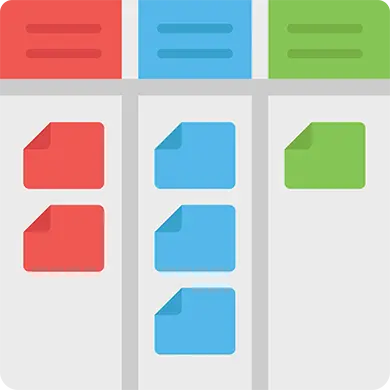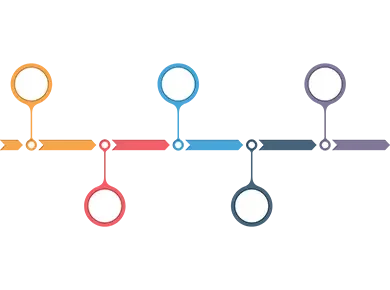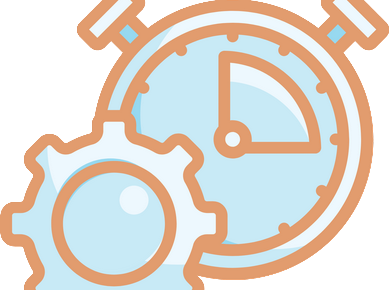The Kanban system aims to maximize efficiency. It can be used in any domain that involves a workflow that can be visualized on a Kanban board. This effect is given by the visual presentation of the planned activities and how the execution of tasks evolves. Therefore it can also be used in time management for planning activities.
How was created the Kanban System
The history of the Kanban method goes back to the early 1940s. Taiichi Ohno, a Japanese industrial engineer, and businessman, has developed the first Kanban system for Toyota automotive in Japan to increase productivity and efficiency. Initially, the method was introduced in the manufacturing industry. Later, David J. Anderson applied the concept to IT, Software development and knowledge work in general, and in 2010 has published Kanban: Successfully Evolutionary Change for your Technology Business.
Jim Benson and Tonianne DeMaria Barry published published Personal Kanban: Mapping Work | Navigating Life, an approach on applying Kanban to individuals and small teams
The basic principles of the Kanban Method
The Kanban method is based on four fundamental principles that apply when the method is used as a management system:
- Start with what you are doing now. The method can be applied to your existing setup/ process
- Agree to pursue incremental, evolutionary change. Changes are made slowly and gradually
- Initially, respect current roles, responsibilities and job titles. It does not impose any organizational changes by itself.
- Encourage acts of leadership at all levels. Anyone can help improve the flow
Also, Kanban method is based on 6 practical steps that need to be present for successful implementation:
- Visualize the Workflow. For this are used a board with cards and columns
- Limit Work in Progress. A card can move into the next step only if there is the availability
- Manage Flow. managing the work to obtain a fast and smooth flow
- Make Process Policies Explicit. The process should be clearly defined
- Feedback Loops. Regularly and shortly analyze the board
- Improve Collaboratively. Teams must have a shared understanding of theories about work, workflow, process, and risk
All these can be adapted so that the method can bring remarkable improvements to the activity, efficiency, and productivity on a personal level.
Applying the Kanban method at a personal level
To apply the method on a personal level, a board is used, which will be divided into 3 columns namely:
- First column “To Do” – for adding new items
- Second column “Doing” – for deciding what you’re going to working on right now
- Third column “Done” – for recording what you finished
The following steps apply:
- The To do column is completed with all the activities to be done
- When you start working on a particular item from the To do column, it will also be moved to the Doing column on the board. Note: A maximum number of activities that can be found simultaneously in the Doing column should be set
- When a task is completed, it will be moved to the Done column
- Review the Kanban board. This will happen naturally as you work and move tasks from one column to another
As you become familiar with the system you can add other columns depending on the needs and the specifics of your activities.
Benefits of using Kanban method
The system has a small and simple set of rules that make it easy to learn and apply. Therefore Kanban will help you manage your day-to-day work, relaxed and at your own pace.







